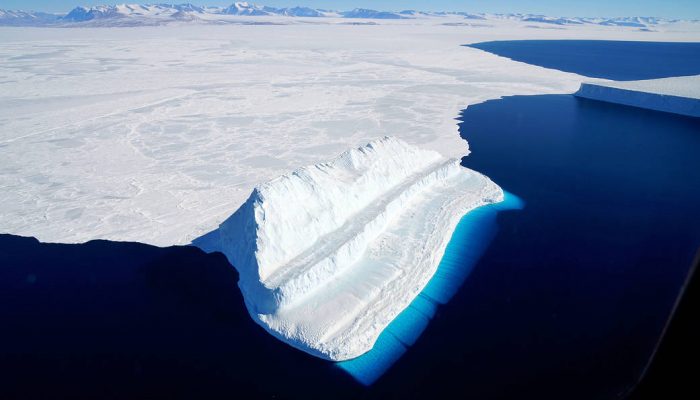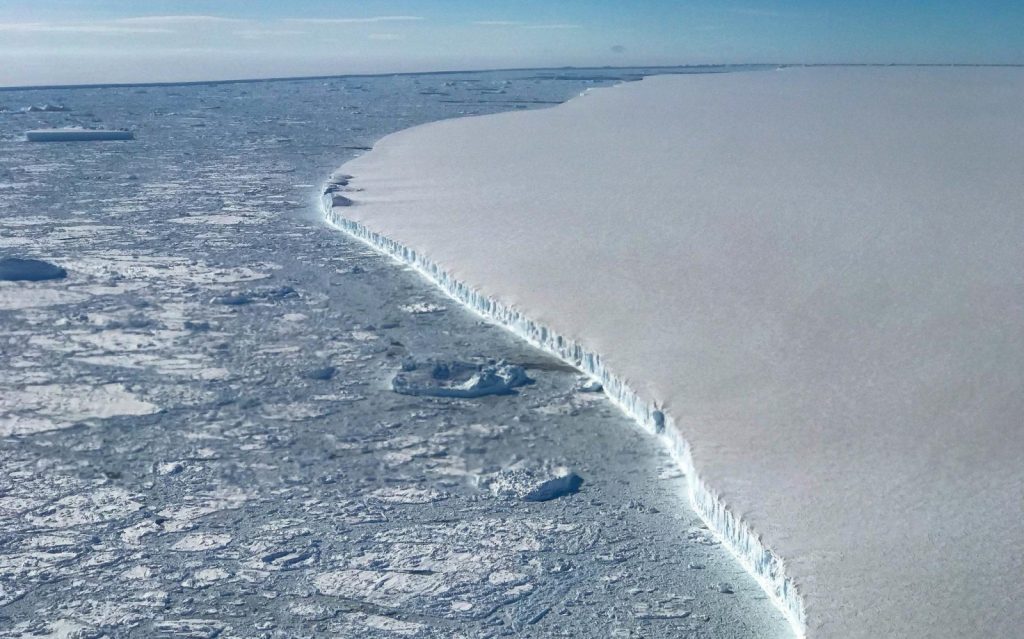
Drawing inspiration from popular stories on our social media channels, as well as unique and quirky research news, this monthly column aims to bring you the best of the Earth and planetary sciences from around the web.
Major story
While May’s headlines may have been dominated by the Kilauea Volcano’s recent eruption in Hawaii, the science news world directed its attention to another volcanic event early this month. On June 3, Guatemala’s Volcán de Fuego erupted, sending plumes of volcanic ash several kilometres into the air. The volcano also unleashed an avalanche of hot gas and debris, otherwise known as pyroclastic flows, more than 10 kilometres down the volcano’s flanks onto the surrounding valley.
The Volcán de Fuego has been an active volcano since 2002, however, this latest event has been the volcano’s most violent eruption in more than four decades.
By 23 June, officials reported that the eruption has killed 110 people from surrounding villages, with hundreds more missing or injured.
Both Kilauea and Fuego gained international attention this year, but the two volcanoes exhibit very different behaviours by nature.
Kilauea is a shield volcano, with a relatively gradual slope and a highly fluid lava flow that can travel far distances compared to other volcanic archetypes. While the volcanic eruption’s lava, ash and haze present real threats to nearby communities, very few injuries have been reported.
“Lava flows rarely kill people,” said Paul Segall, a professor of geophysics at Stanford University, to the New York Times. “They typically move slow enough that you can walk out of the way.”
The Fuego volcano on the other hand is a stratovolcano, characterised by a cone-shaped peak built by layers of lava and ash. This type of volcano usually contains more viscous magma, meaning the hot liquid material has a sticky, thicker consistency. This type of fluid in volcanoes “clogs their plumbing and leads to dramatic explosions,” says Smithsonian Magazine.
Stratovolcanoes like Fuego also often release pyroclastic flows. These plumes can be a major threat to human health and make this kind of volcano particularly dangerous. “On its surface, a pyroclastic flow looks like a falling cloud of ash. But if you could peer into the cloud, you would find a really hot and fast-moving storm of solid rock,” reported PBS NewsHour.
Paul Rincon, a science editor for BBC News notes that pyroclastic flows can reach speeds of up to 700 kilometres per hour and are extremely hot, with temperatures between 200 to 700 degrees Celsius.
As of June 17, Guatemalan authorities have officially stopped looking for bodies and survivors. However, some local rescue workers have kept on with their search.
What you might have missed
Meanwhile this month, in a vastly different part of the world, scientists have uncovered a wealth of new insight into Antarctica and how the region’s ice melts. Some of the discoveries made known are very foreboding while others more uplifting.
Let’s start with the bad news first. A study published this month in Nature revealed that Antarctica is melting faster than ever, and the continent’s rate of ice loss is only accelerating.
The report explains that before 2012 the Antarctic ice sheet steadily lost 76 billion tonnes of ice each year, contributing 0.2 milimetres to sea-level rise annually. However, since then, Antarctica’s rate of ice loss has increased threefold. For the last fives years the ice sheet has shed off 219 billions tonnes of ice each year. This ice loss now corresponds to a 0.6 milimetre contribution, making Antarctica one of the biggest sources of sea-level rise.

The largest iceberg ever recorded broke away from the Antarctic Peninsula in 2017. Pictured here is the iceberg’s western edge. (Credit Nathan Kurtz/NASA)
This record pace could have a devastating impact around the world, the researchers involved with the study say.
“The continent is now melting so fast, scientists say, that it will contribute six inches (15 centimeters) to sea-level rise by 2100,” reports the New York Times.
The articles continues: “’around Brooklyn you get flooding once a year or so, but if you raise sea level by 15 centimeters then that’s going to happen 20 times a year,’ said Andrew Shepherd, a professor of earth observation at the University of Leeds and the lead author of the study.”
On the other hand, one study published this month in Science offers a glimmer of hope, suggesting that a natural geologic process may help counteract some of the Earth’s sea level rise.
A team of researchers found evidence that, in response to losing ice mass, the ground underneath melting ice sheets naturally lifts up, and more substantially than scientists had previously believed. This process could help prevent further ice loss by land locking vulnerable ice sheets.
Scientists say that many ice sheets in the West Antarctic are at risk of collapsing, and furthermore contributing to sea level rise, because they are in direct contact with the ocean. The relatively warm seawater can melt these glaciers from underneath, making these giant frozen masses more at risk of losing a substantial amount of ice.
However, the new research on the West Antarctic Ice Sheet finds that as these ice masses lose weight, the ground underneath springs up, acting much like a memory-foam mattress.
“This adjustment of the land once the weight of the ice has been lifted is known as ‘glacial isostatic adjustment,’” says Carbon Brief. “It is usually thought to be a slow process, but the new data suggests the ground uplift beneath the [Amundsen Sea Embayment] area is occurring at an unprecedented rate of 41mm per year.”
A press release from Delft University of Technology in the Netherlands goes on to say that “the measured uplift rate is up to 4 times larger than expected based on the current ice melting rates.”
While this discovery offers a brighter view to the serious state of Earth’s melting ice, scientists still caution that this natural grounding process may be rendered useless in extreme cases climate change with extensive ice loss.
Links we liked
- What did Earth look like 240 million years ago? Check out this interactive tool!
-
Seafloor cables that carry the world’s internet traffic can also detect earthquakes
-
If Disney princesses were Earth and environmental scientists
The EGU story
For the first time, we gave participants at the annual EGU General Assembly the opportunity to offset the CO2 emissions resulting from their travel to and from Vienna.
We are happy to report that, as a result of this initiative, we raised nearly 17,000 EUR for a carbon offsetting scheme. The Carbon Footprint project the EGU is donating to aims to reduce deforestation in Brazil and “is expected to avoid over 22 million tonnes of carbon dioxide equivalent greenhouse gas emissions over a 40 year period.”
Do you enjoy the EGU’s annual General Assembly but wish you could play a more active role in shaping the scientific programme? Now is your chance! Help shape the scientific programme of EGU 2019.
From now until 6 Sep 2018, you can suggest:
- Sessions (with conveners and description),
- Short Courses, or;
- Modifications to the existing skeleton programme sessions
Plus from now until 18 January 2019, you can propose townhall meetings. It’s important to note that, for this year’s General Assembly, session proposals for Union Symposia and Great Debates are due by 15 August 2018
And don’t forget! To stay abreast of all the EGU’s events and activities, from highlighting papers published in our open access journals to providing news relating to EGU’s scientific divisions and meetings, including the General Assembly, subscribe to receive our monthly newsletter.



